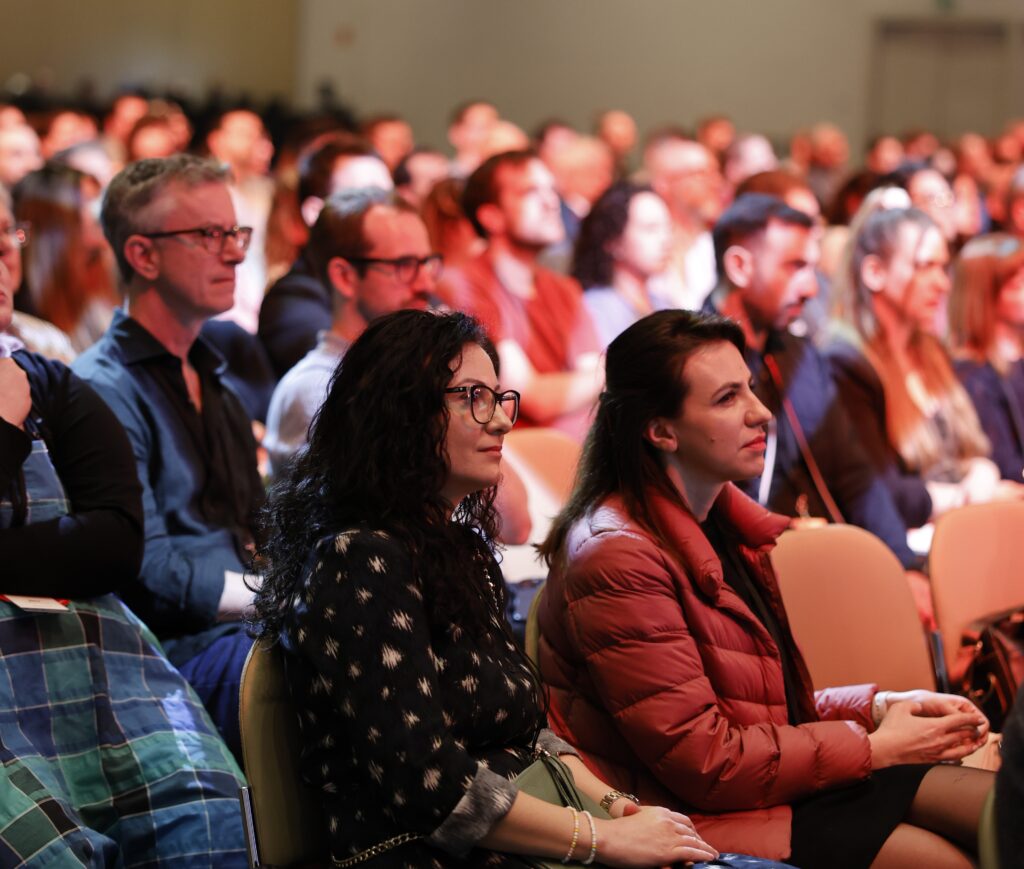Discover all the events we’re hosting, sponsoring, exhibiting or speaking at in the coming months. Contact us with any events enquiries.

Upcoming events
Exhibition
Frankfurt Book Fair 2025
15th – 17th Oct, 2025
Germany
Come and visit the Publishing Team at Frankfurt Book Fair 2025
Conference
International Data Week 2025
13th – 16th Oct, 2025
Australia
Digital Science is exhibiting at International Data Week 2025
Sponsor
Silverchair Platform Strategies 2025
25th Sep, 2025
United States
Exploring the technologies and strategies that support professional and scholarly knowledge
Upcoming webinars
Webinar
Navigating the evolving open access landscape with Symplectic Elements
29th Jul, 2025
As Open Access policies continue to shift and expand, research institutions face mounting challenges in staying compliant with funder mandates,…
On-demand webinars
Webinar
Who is supporting our universities research?
16th May, 2023
Join our webinar on 16th May for a walk through of a dashboard that explores the various ways research is…
Webinar
How to find funders in your field and discover trends
4th Oct, 2023
Join our webinar on 4 October, where you’ll learn how you can quickly and easily view funding information and trends…
Webinar
Using Dimensions to Weed Out Tortured Phrases Papers
19th Sep, 2023
Join us on September 19 and learn how to use Dimensions to Weed Out Tortured Phrases Papers with our guest…
Webinar
Early signals: From funding to patents
27th Sep, 2023
Catch up on our 30 minute webinar where Lauren Black, Product Solutions Manager, will explore the role Dimensions and the…
Webinar
Dimensions tips & tools for commercialization professionals
27th Jul, 2023
Join us for a 30 minute webinar on July 27th where Heidi Becker, Director of Market Engagement, will showcase how…
Webinar
Telling Research Impact Stories with Altmetric Data
21st Jun, 2023
Join us for our on demand webinar, where you’ll learn how you can use Altmetric Explorer to discover where research…